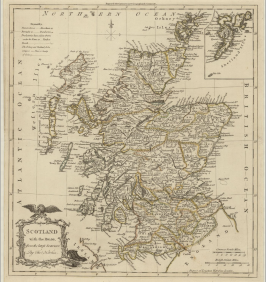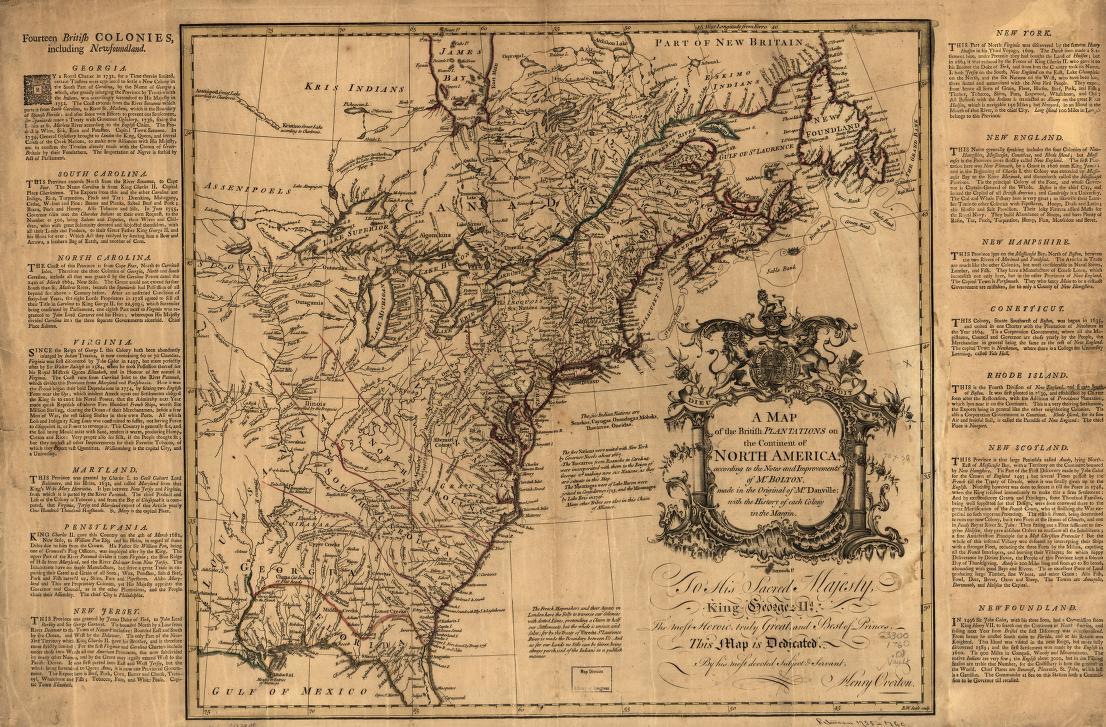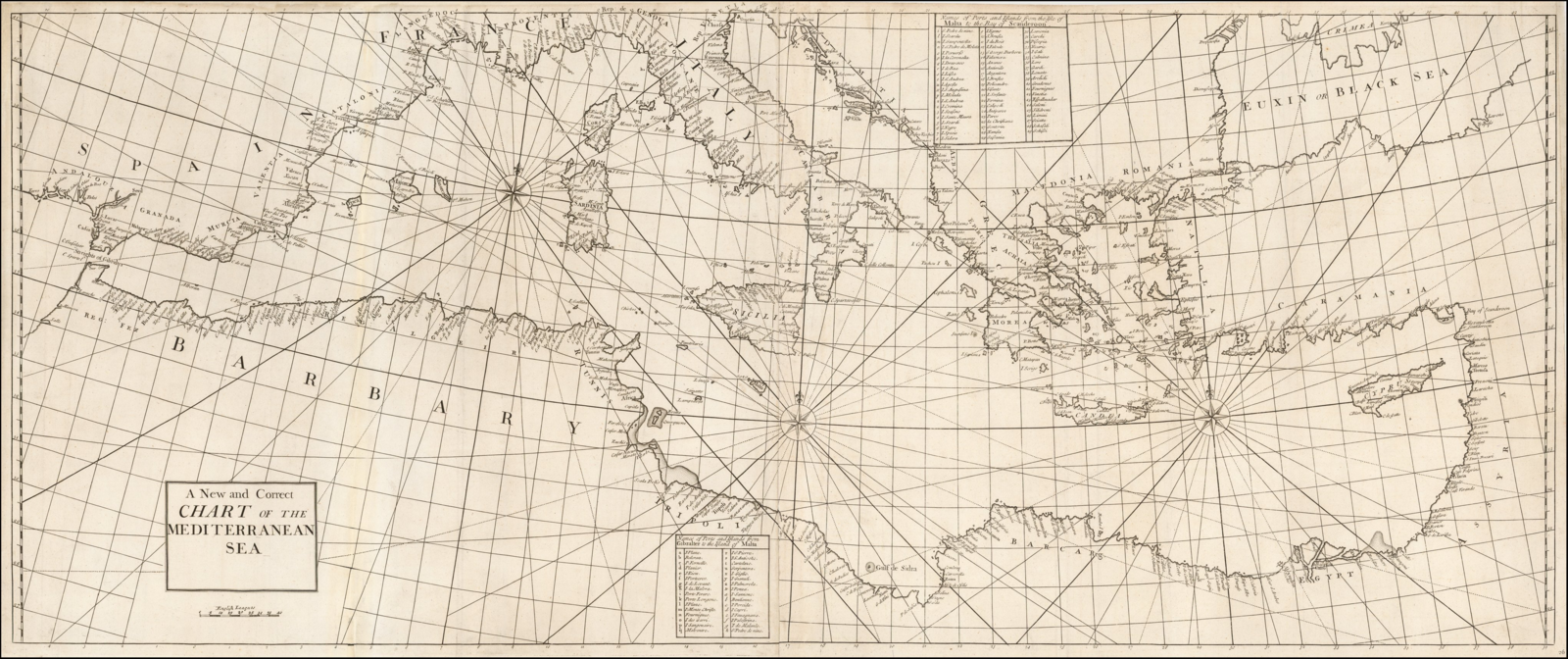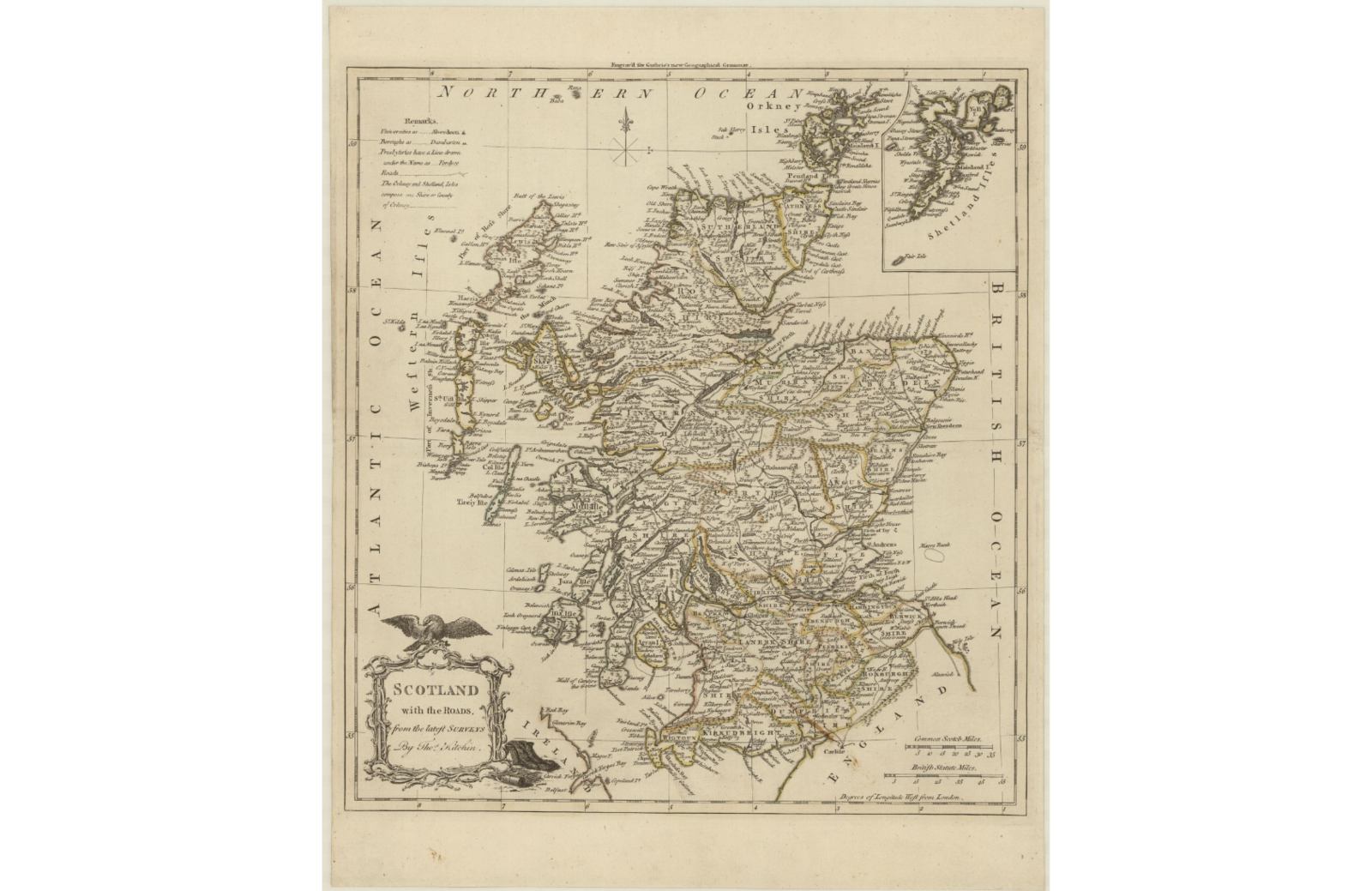Understanding the Limits of "The Extent of the Market"

In the lesson, the instructor will read passages from Smith and display corresponding maps. Students will investigate each map and discuss how the maps & passages relate to concepts like specialization, scarcity, interdependence, and trade.
Lesson plan developed by Terra Aquia. Request a free activity kit here.
*This is part of a series of activities that can be used in an Adam Smith Escape Room. Details for the Escape Room are included at the end.
In Adam Smith’s Wealth of Nations, he devotes his third chapter to the idea that the benefits from the division of labor is limited by the extent of the market. Smaller markets = smaller benefits. In order to specialize, an individual must have reliable access to a market of others who can meet that individual’s broader needs while they focus and create surpluses.
This map exploration activity is designed for secondary social studies students learning about how interconnectedness between communities emerge and how advancements in technology, like transportation, have changed how we interact with one another. In the lesson, the instructor will read passages from Adam Smith’s Wealth of Nations and display a corresponding map. Students will investigate each map and discuss how the maps & passages relate to concepts like specialization, scarcity, interdependence, and trade.
Introduction:
In Adam Smith’s Wealth of Nations, he devotes his third chapter to a key economic idea: That the Division of Labor is Limited by the Extent of the Market. He explains that in order to specialize in a trade, an individual must be confident that they have access to a market of others, those who can meet that individual’s needs while they focus on a specific labor, and who they in turn can supply with their surplus production. Smith highlights how the size of markets are affected by access to transportation and the development of navigable travel routes by land and sea. To support his claims he provides examples of markets around the world.
Passages & Maps:
*Note: If students are accessing maps individually, they will each need their own technology. In low-tech or no-tech classrooms, teachers can pre-save the various map images to share with the student groups. While the discussion questions are aimed to create classroom conversations, these passages and maps could also be assigned to students individually as an extension assignment.
How can we visualize some of the examples Smith is providing us? We can look at maps and historical records from the time period. Many of these records are publicly available on history or educational websites. We will go through the examples that Smith provides in the text, visualize those examples using maps of the area from the time period, and discuss.
Read the Smith example out loud to students, then display the corresponding map and allow students time to look closely at the details.
1. Page 19 “In the lone houses and very small villages which are scattered about in so desert a country as the Highlands of Scotland, every farmer must be a butcher, baker, and brewer for his own family.”
In Adam Smith’s Wealth of Nations, he devotes his third chapter to the idea that the benefits from the division of labor is limited by the extent of the market. Smaller markets = smaller benefits. In order to specialize, an individual must have reliable access to a market of others who can meet that individual’s broader needs while they focus and create surpluses.
This map exploration activity is designed for secondary social studies students learning about how interconnectedness between communities emerge and how advancements in technology, like transportation, have changed how we interact with one another. In the lesson, the instructor will read passages from Adam Smith’s Wealth of Nations and display a corresponding map. Students will investigate each map and discuss how the maps & passages relate to concepts like specialization, scarcity, interdependence, and trade.
Introduction:
In Adam Smith’s Wealth of Nations, he devotes his third chapter to a key economic idea: That the Division of Labor is Limited by the Extent of the Market. He explains that in order to specialize in a trade, an individual must be confident that they have access to a market of others, those who can meet that individual’s needs while they focus on a specific labor, and who they in turn can supply with their surplus production. Smith highlights how the size of markets are affected by access to transportation and the development of navigable travel routes by land and sea. To support his claims he provides examples of markets around the world.
Passages & Maps:
*Note: If students are accessing maps individually, they will each need their own technology. In low-tech or no-tech classrooms, teachers can pre-save the various map images to share with the student groups. While the discussion questions are aimed to create classroom conversations, these passages and maps could also be assigned to students individually as an extension assignment.
How can we visualize some of the examples Smith is providing us? We can look at maps and historical records from the time period. Many of these records are publicly available on history or educational websites. We will go through the examples that Smith provides in the text, visualize those examples using maps of the area from the time period, and discuss.
Read the Smith example out loud to students, then display the corresponding map and allow students time to look closely at the details.
1. Page 19 “In the lone houses and very small villages which are scattered about in so desert a country as the Highlands of Scotland, every farmer must be a butcher, baker, and brewer for his own family.”
Ask students to point out details on the map of Scotland. Why a road map? How might one have traveled these roads? Facilitate a discussion on what life might have been like in rural Scotland. Why does Smith say that every farmer must be their own butcher, baker, and brewer?
Smith might say that it would be nearly impossible for a rural workman to specialize in their work in order to create a tradable surplus. He comments that the country carpenter deals in every sort of woodwork, a smith in every form of iron. The carpenter is not only a carpenter, but “a joiner, cabinet maker, carver in wood, wheelwright, ploughwright, a cart and wagon maker.” (page 19)
Smith might say that it would be nearly impossible for a rural workman to specialize in their work in order to create a tradable surplus. He comments that the country carpenter deals in every sort of woodwork, a smith in every form of iron. The carpenter is not only a carpenter, but “a joiner, cabinet maker, carver in wood, wheelwright, ploughwright, a cart and wagon maker.” (page 19)
2. Page 21 “In our North American colonies the plantations have constantly followed either the sea-coast or the banks of navigable rivers”
A Map of the British Plantations on the Continent of North America, 1755-1760

A Map of the British Plantations on the Continent of North America, 1755-1760

What is significant about the location of the North American colonies? What is the importance of transportation? How is the life of the coastal Carolinian different from that of the rural Scot we discussed previously?
Navigable lands are a key feature in extending the size of a market. Smith discusses the drawbacks of trade over large distances with “land-carriages” and how “sea-carriages” improved relationships between peoples by providing faster, more efficient routes of trade across oceans and along waterways. He also comments that as a country increases its wealth it will improve its trade routes. (pages 20-21)
Navigable lands are a key feature in extending the size of a market. Smith discusses the drawbacks of trade over large distances with “land-carriages” and how “sea-carriages” improved relationships between peoples by providing faster, more efficient routes of trade across oceans and along waterways. He also comments that as a country increases its wealth it will improve its trade routes. (pages 20-21)
3. Page 21-22 “The nations. . . that appear to have been first civilized were those that dwelt round the Mediterranean Sea. . . Egypt seems to have been the first in which either agriculture and manufacturers were cultivated and improved to any considerable degree.”
Page 23 “There are in Africa none of those great inlets, such as the Baltic and Adriatic seas in Europe, the Mediterranean. . . to carry maritime commerce into the interior parts of the great continent; and the great rivers of Africa are at too great a distance from one another to give occasion to any considerable inland navigation.”
A New and Correct Chart of the Mediterranean Sea

Page 23 “There are in Africa none of those great inlets, such as the Baltic and Adriatic seas in Europe, the Mediterranean. . . to carry maritime commerce into the interior parts of the great continent; and the great rivers of Africa are at too great a distance from one another to give occasion to any considerable inland navigation.”
A New and Correct Chart of the Mediterranean Sea

When observing the Mediterranean, how many different countries have access to these waterways? What does that mean for the people living and working there? How does this differ from a landlocked country without access to maritime trade routes?
Again, Smith comments on the importance of being able to travel along water routes. This requires cooperation and coordination with communities living throughout these areas.
Again, Smith comments on the importance of being able to travel along water routes. This requires cooperation and coordination with communities living throughout these areas.
Student Reflection:
In pairs, have students list one factor that can lead to increased trade between individuals and communities and another that would lead to decreased trade. Ask students to share their responses out loud or write them on the board and highlight responses connected to technology & infrastructure development back to Smith’s main idea for the chapter.
In pairs, have students list one factor that can lead to increased trade between individuals and communities and another that would lead to decreased trade. Ask students to share their responses out loud or write them on the board and highlight responses connected to technology & infrastructure development back to Smith’s main idea for the chapter.
Escape Room Variation
This activity can be a continuation of the Adam Smith Escape Room. In lesson one, students learn about Adam Smith and read key passages from Wealth of Nations and correspondence between Smith and his contemporaries. In lesson two, students take a tour of a virtual pin factory and make their own pins to highlight Smith’s example of division of labor in action. Lesson three features a timeline activity, where students create timelines of scientific innovations and historical events during the life of Smith.
This activity can be a continuation of the Adam Smith Escape Room. In lesson one, students learn about Adam Smith and read key passages from Wealth of Nations and correspondence between Smith and his contemporaries. In lesson two, students take a tour of a virtual pin factory and make their own pins to highlight Smith’s example of division of labor in action. Lesson three features a timeline activity, where students create timelines of scientific innovations and historical events during the life of Smith.
